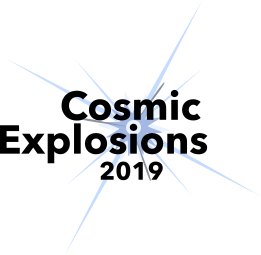Orateur
Description
Type Ia Supernovae (SNe Ia) have been studied for many years as standardisable candles for cosmological distance measurement. In addition, these objects have shown to be standard candles in the Infrared (IR), where they are less affected by extinction, probing to be exceptional for cosmology. With the large number of on-going (e.g., ZTF, ATLAS, VEILS) and future surveys (e.g., LSST), both in the Optical and IR, the samples of SNe Ia is rapidly increasing. However, we need not to focus only on the size of the samples, but also on how we analyse these data. Cosmology with SNe Ia usually relies on templates for the light curve fits, which introduces biases due to the underlying assumptions. For this reason we created "Python for Interactive Supernova Cosmology Light-curve Analysis" (PISCoLA), a new light curve fitting tool. PISCoLA relies on Gaussian Process, a non-parametric data-drive method, letting the data "speak" for itself. We analyse the multi-color light curves with machine learning techniques to search for new parameters for the standardisation of SNe Ia and further understanding of the physics behind these explosions.

